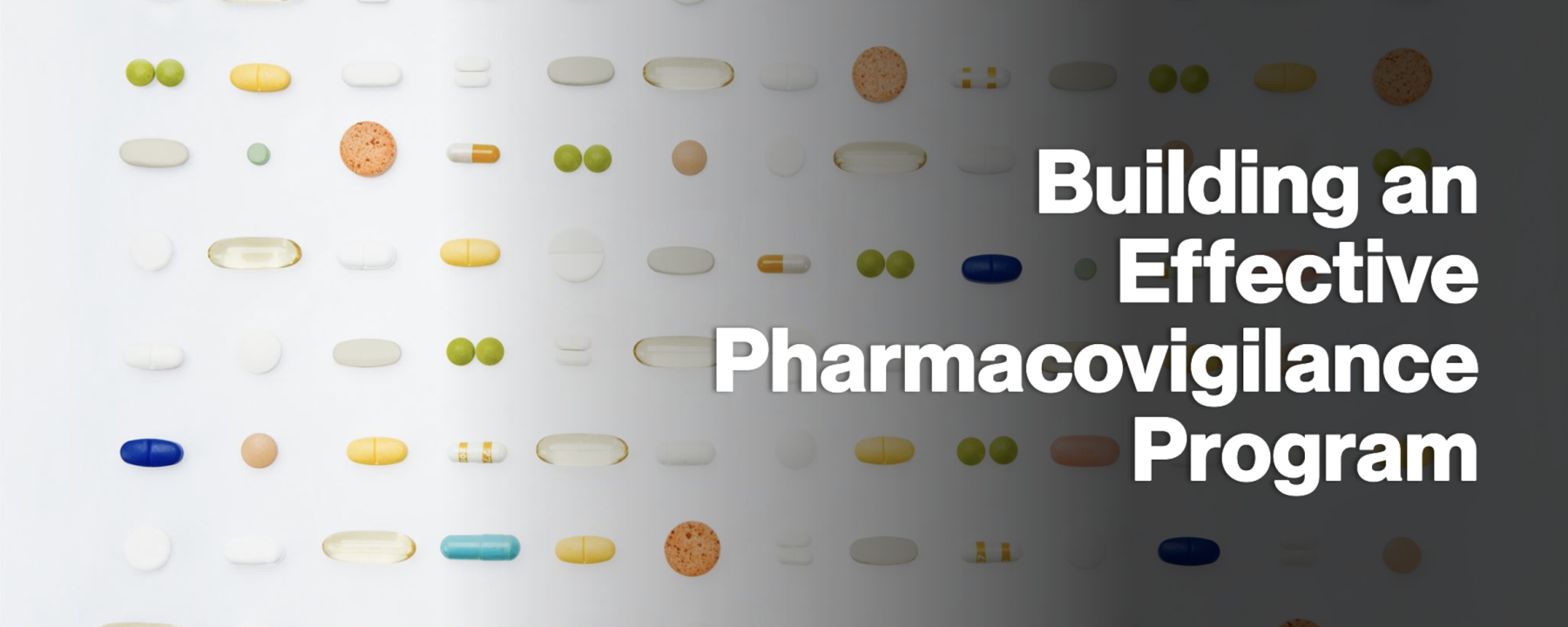
How to Build an Effective Pharmacovigilance Program?
Introduction
In the dynamic world of healthcare, ensuring the safety and efficacy of pharmaceutical products is paramount. An effective pharmacovigilance (PV) program not only ensures regulatory compliance but also builds trust with patients and healthcare providers. For bio-pharma companies, particularly in regions like Mexico, Brazil, and LATAM, the stakes are even higher due to diverse regulatory landscapes and unique market challenges.
At PRO PHARMA RESEARCH ORGANIZATION, we offer comprehensive pharmacovigilance services, including Adverse Event Monitoring, Signal Detection and Evaluation, Risk Assessment, Regulatory Compliance, and Pharmacovigilance Training and Consulting. This article explores the essential steps and best practices to establish a robust PV program, with practical examples to guide you.
Key Steps to Building an Effective Pharmacovigilance Program
1. Define Objectives and Scope
- Clearly articulate the goals of your PV program. Are you focusing on adverse event monitoring for clinical trials, post-marketing surveillance, or both?
- Example: A bio-pharma company launching a new drug in Brazil prioritized post-marketing signal detection due to high patient diversity and regulatory requirements.
2. Establish a Dedicated Pharmacovigilance Team
- Build a multidisciplinary team that includes pharmacists, data analysts, and regulatory experts.
- Example: A LATAM pharmaceutical company successfully reduced risk assessment timelines by integrating a data analytics team for real-time monitoring.
3. Implement Efficient Data Collection Systems
- Use advanced software for collecting and analyzing adverse events.
- Example: In Mexico, a company implemented AI-driven tools to enhance the accuracy of adverse event reporting, reducing errors by 20%.
4. Conduct Signal Detection and Evaluation
- Regularly review data to identify potential safety concerns.
- Example: A clinical trial in Brazil identified a rare adverse reaction through robust signal detection methods, preventing larger issues during the post-marketing phase.
5. Focus on Risk Assessment and Mitigation
- Develop comprehensive plans to manage identified risks.
- Example: A LATAM-based company mitigated regulatory penalties by proactively addressing adverse events through structured risk assessment.
6. Ensure Regulatory Compliance
- Stay updated with local and international regulations.
- Example: In Mexico, compliance with COFEPRIS guidelines ensured seamless approval for a new drug.
7. Provide Training and Continuous Improvement
- Regular training keeps your team informed about evolving pharmacovigilance practices.
- Example: Pharmacovigilance training in LATAM led to a 15% increase in regulatory submissions without errors.
8. Leverage Technology for Scalability
- Incorporate advanced tools such as artificial intelligence, machine learning, and automation to scale your PV operations efficiently.
- Example: A bio-pharma company in Brazil adopted an automated adverse event detection system, significantly reducing manual effort and increasing accuracy.
9. Collaborate with Stakeholders
- Work closely with healthcare professionals, regulatory authorities, and patients to enhance PV efforts.
- Example: A partnership with hospitals in Mexico helped one company gather real-world data for improved risk management.
10. Tailor Strategies to Regional Needs
- Customize your pharmacovigilance program to address local regulatory requirements and patient demographics.
- Example: In LATAM, tailoring patient engagement campaigns led to higher reporting of adverse events, providing better insights for risk mitigation.

Pharmacovigilance for Bio-pharma in Mexico, Brazil, and LATAM
Given the unique challenges in these regions, building a PV program requires localized expertise. Companies must navigate complex regulations like ANVISA in Brazil and COFEPRIS in Mexico while addressing cultural and demographic diversity. PRO PHARMA RESEARCH ORGANIZATION specializes in tailoring PV programs to these markets, ensuring compliance and efficiency. Our approach combines deep regional knowledge with global best practices to deliver impactful results.
Practical Examples of Success
- Mexico: A pharmaceutical company struggling with compliance implemented a real-time adverse event monitoring system. This reduced reporting delays by 40% and improved COFEPRIS audit outcomes.
- Brazil: Through robust signal detection practices, a bio-pharma company identified a safety issue early in post-marketing surveillance, avoiding potential regulatory sanctions.
- LATAM: By adopting a regionalized pharmacovigilance training program, a multinational corporation standardized practices across multiple countries, enhancing consistency and compliance.
Conclusion
An effective pharmacovigilance program is not just a regulatory requirement; it’s a commitment to patient safety and product excellence. By adopting the best practices outlined above and leveraging specialized services like those offered by PRO PHARMA RESEARCH ORGANIZATION, your company can navigate challenges in Mexico, Brazil, and LATAM with confidence. From adverse event monitoring to regulatory compliance, we provide the expertise you need to succeed.
Contact us for more information and get access to our services, including Adverse Event Monitoring, Signal Detection and Evaluation, Risk Assessment, and Pharmacovigilance Training. Together, let’s ensure the safety of patients and the success of your products.